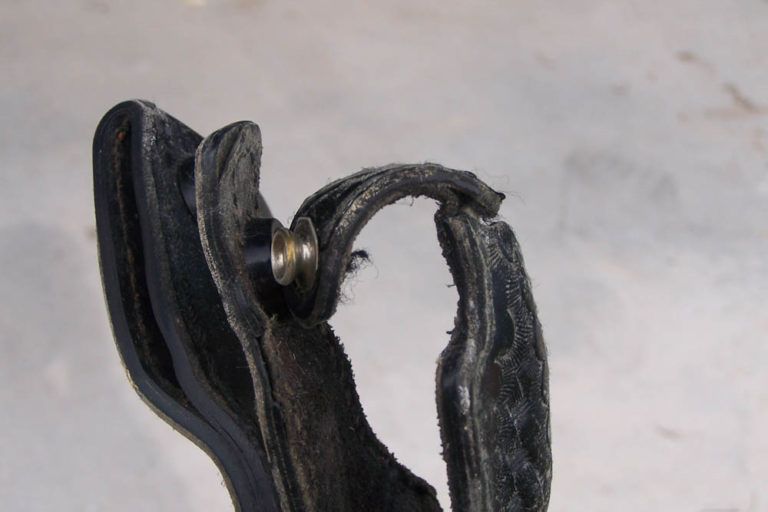
It is imperative that a firearm be safe to carry and use, and the same is true of a concealed carry system, i.e., the holster. Check out this list of gear to avoid.
Here are the concealed carry no-nos:
- Holsters which fit the gun poorly
- Holsters that do not protectively cover the trigger guard
- Holsters with safety straps that pass over the back of the grip
- Holsters with safety straps that go over the back of the trigger guard
- Holsters which cover part of the grip
- Holsters with safety straps narrow enough to get caught in the trigger guard
- Holsters with thin, floppy bodies
- Holsters whose belt slots don’t fit the belt they ride upon
- Belts without backbone
- The gun, holster, and belt are symbiotic
If you are criminally charged or civilly sued over something involving your use of a firearm, you may find that your gun becomes a focal point of the opposing side’s case against you. Unscrupulous lawyers with a case to make are very likely to take advantage of the fact that the media and certain politicians and activists have for generations demonized firearms and the people who own them.
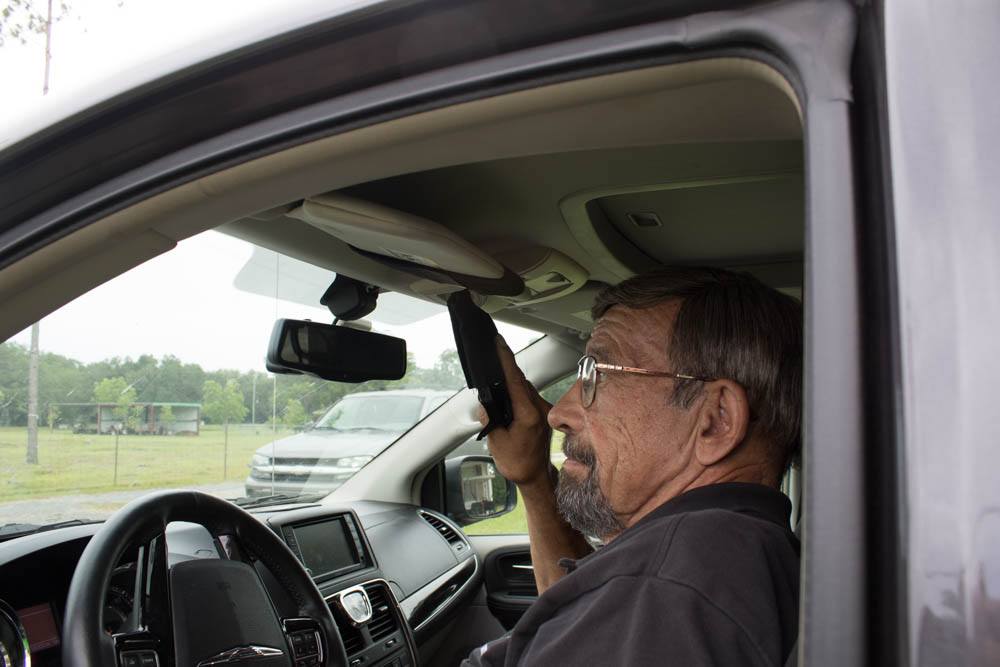
Some guns are more easily demonized than others. I’ve never seen it become a cornerstone issue in a case that the Colt revolver in question was a Cobra instead of the virtually identical Agent, or that the small 1911-style .45 caliber semiautomatic involved was an Auto Ordnance Pit Bull instead of a Colt Defender. What I have seen is attorneys who use that sort of thing to become a red herring that they stick up the jury’s nose to get that pack of twelve bloodhounds off the trail of the truth. Enough of those red herrings, and the jury just might lose the scent of the real issues. Thus, the more of these trivial issues that can be kept out of the case, the better off the honest defendant will be.
We’ll go into more detail on that sort of thing momentarily.
Before anything gets to court, the defendant has to survive things on the street. It is imperative that the firearm be safe to carry and use, and that the same be true of the concealed carry system, i.e., the holster. That needs to be examined as well.
Carry Gear to Avoid
I would strongly urge you to avoid the following:
Holsters which fit the gun poorly. If the gun is in too tight, the user may not be able to draw swiftly enough to win a fast-breaking life-or-death encounter. If it is too loose, the gun may fall out during fights, falls, other stressful activities, or something as simple as lying down on a couch.
Holsters that do not protectively cover the trigger guard. Why that Italicized word? There are some holsters made of thin fabric that cover the trigger guard, but do not protect it. I recently bought a $40 ankle holster my significant other thought she’d like for her new LCP-II. Trying it on with the unloaded .380, she discovered that the elastic fabric was too tight and too deep, preventing a good drawing grasp, and was so shaped that the finger “wanted to slip into the trigger guard” prematurely. That one quickly went into the reject bin. Another that didn’t make it even that far was a frilly lace concoction that resembled an Ace bandage with a gun in it, made of material so thin and sheer it was almost translucent. Trying it just on the display mannequin, she realized it could be fired while still in the holster.
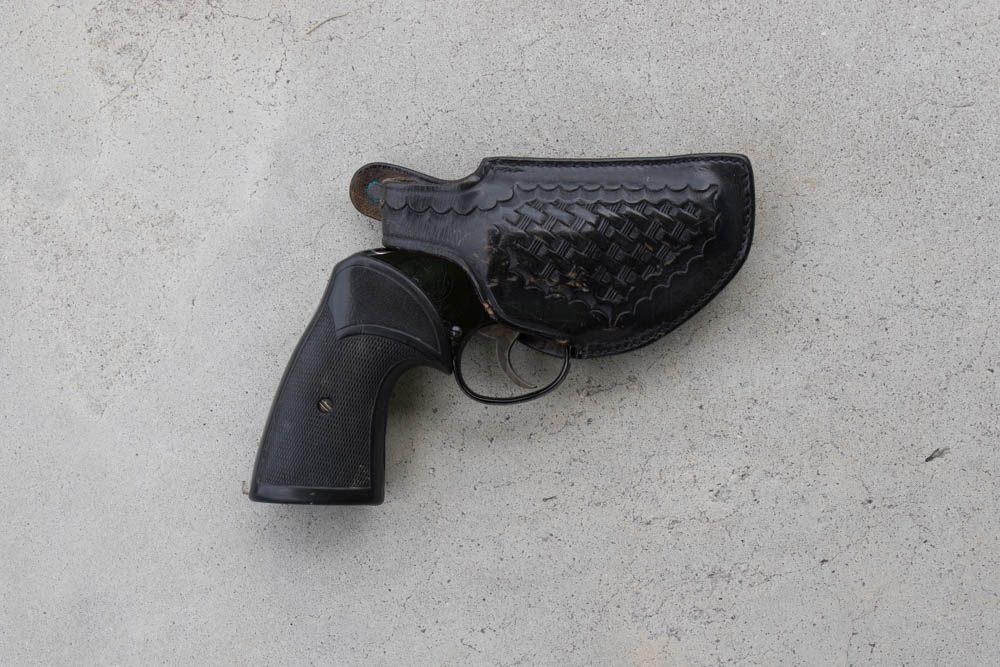
Bear in mind that if you are ever in a struggle for your holstered gun, you don’t want the person attempting to disarm and shoot you to be able to do it while the gun is in your holster, its muzzle perhaps in line with some part of your own body.
Holsters with safety straps that pass over the back of the grip. It is highly likely that when you attempt to make an emergency draw under desperate circumstances, your own hand will trap the strap against the grip, thus trapping the gun in the holster.
Holsters with safety straps that go over the back of the trigger guard. This design, found primarily on revolver holsters, can have the same “trap your own gun in the holster” effect, this time with the middle finger of the drawing hand creating the trapping effect instead of the palm or web of hand.
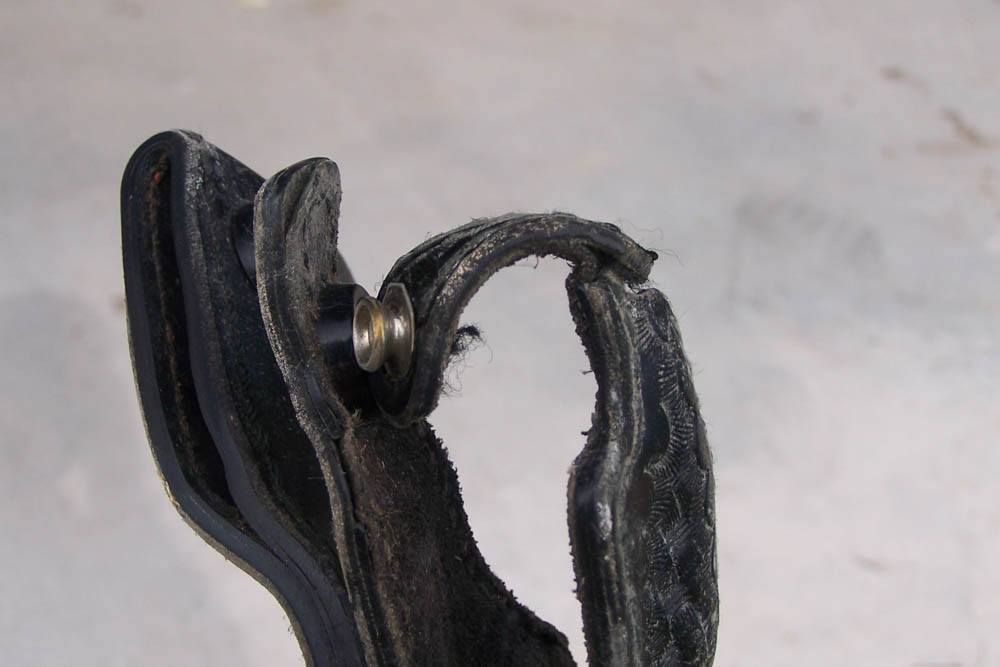
Holsters which cover part of the grip. These will prevent you from getting a proper drawing grasp. The draw itself will be slowed, perhaps fatally, and when the gun does come up you will have a less than optimal firing grasp.
It gets worse. There are a handful of concealed carry holsters out there that cover the entire grip. This may be the very definition of “designers unclear on the concept.”
Holsters with safety straps narrow enough to get caught in the trigger guard. As the gun is inserted into the scabbard, the strap gets in front of the trigger. The trigger stops there. The rest of the gun keeps going. BANG!
Holsters with thin, floppy bodies. Leather worn down enough to become too pliable, or cheap fabric holsters, can fold. In the same sense that a rolled-up magazine can jab as hard as a club, the fold of leather or fabric can work its way into the trigger guard with enough rigidity to hold the trigger while the rest of the gun completes its insertion, and we have another BANG!
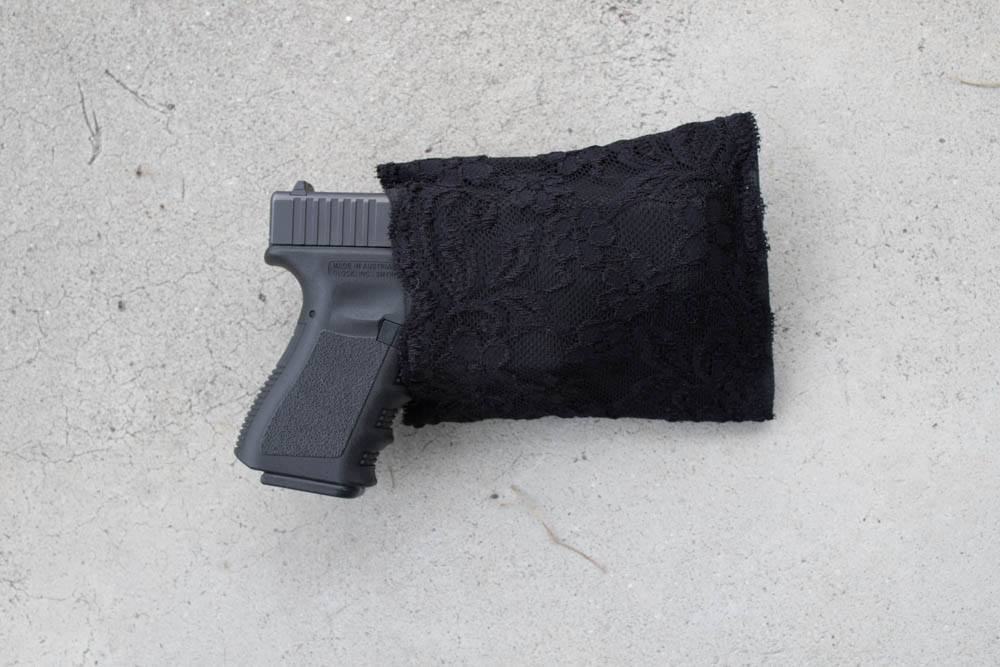
Holsters whose belt slots don’t fit the belt they ride upon. If the slots were too small, obviously you wouldn’t have gotten it onto the belt at all. If they’re too large, however, the whole holster starts moving up with the gun before it can come to a halt and allow the sidearm to clear. This can make the draw slow and awkward. Often, a holster that doesn’t fit the belt will also tend to tilt outward. This compromises concealment, and keeps the gun from being exactly where the hand is reaching for it. Poor holster-to-belt fit can also allow the holster to slip forward or back on the belt, again moving it away from the reaching hand.
Belts without backbone. Any of us who teach the gun can tell you stories about crappy holsters students bring to class. It’s never a surprise to see a cheap junk gun in a cheap junk holster. What does surprise you, at least the first few times, is the top-quality gun carried in a cheap, unsuitable holster. And then you get the student who brings a fine gun and a top-quality holster on a belt made out of soft fabric, or leather so thin and pliable that you wonder whether its manufacturer managed to peel a chicken, tan its skin, and somehow make a belt out of it.
The gun, holster, and belt are symbiotic. They’re part of a system. I’d rather have a good, economy-priced handgun in a good holster on a good belt than quality in one or two of those components but not all three.
This article is an excerpt from Gun Digest Book of Concealed Carry, Volume 2: Beyond the Basics.

Next Step: Get your FREE Printable Target Pack
Enhance your shooting precision with our 62 MOA Targets, perfect for rifles and handguns. Crafted in collaboration with Storm Tactical for accuracy and versatility.
Subscribe to the Gun Digest email newsletter and get your downloadable target pack sent straight to your inbox. Stay updated with the latest firearms info in the industry.

![Best Concealed Carry Guns In 2025 [Field Tested] Wilson Combat EDC X9S 1](https://gundigest.com/wp-content/uploads/Wilson-Combat-EDC-X9S-1-324x160.jpg)


![Best 9mm Carbine: Affordable PCCs [Tested] Ruger Carbine Shooting](https://gundigest.com/wp-content/uploads/Ruger-Carbine-Shooting-100x70.jpg)
![Best AR-15: Top Options Available Today [Field Tested] Harrington and Richardson PSA XM177E2 feature](https://gundigest.com/wp-content/uploads/Harrington-and-Richardson-PSA-XM177E2-feature-100x70.jpg)
